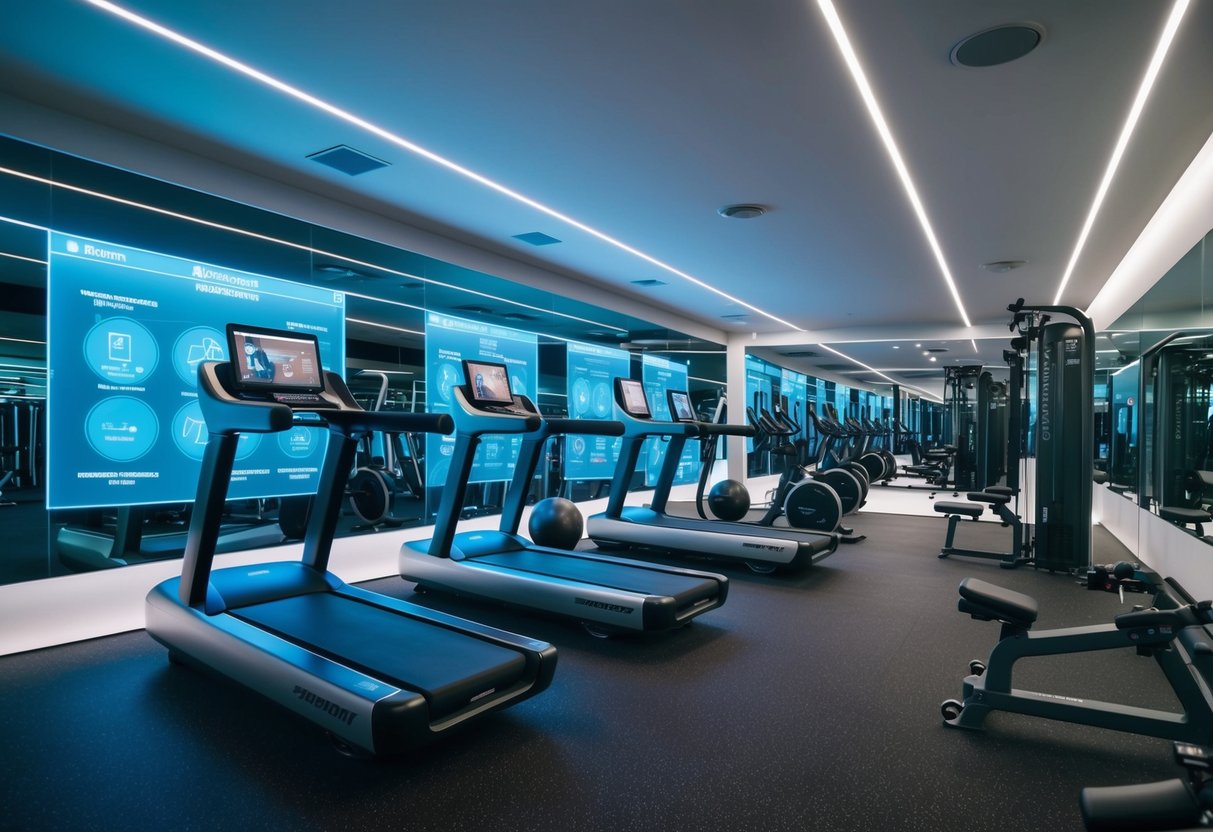
At-Home Fitness Solutions: Equipment and Space Optimization
The rise of at-home fitness has led to innovative equipment and space-saving solutions. This guide explores the essentials for creating functional home gyms and maximizing compact exercise setups.
Home Gyms and Compact Exercise Setups
Home gyms are now more versatile, offering multifunctional equipment like adjustable dumbbells and resistance bands. These tools provide a wide range of exercises while occupying minimal space. Compact setups often include foldable benches and wall-mounted racks that enhance the utility of small areas.
For those with limited space, investing in equipment that serves multiple purposes is beneficial. Treadmills with foldable designs or rowing machines that store vertically help maintain an organized space. Dual-purpose furniture, like benches with storage, offers convenience without compromising on style or function.
Financial Incentives and Reimbursement for Exercise
In recent years, financial incentives have emerged as an effective way to promote regular exercise. Many employers and insurance companies offer reimbursement for gym memberships, fitness classes, and personal training sessions. These incentives can substantially reduce the cost of maintaining a fitness routine.
Some programs provide reimbursement specifically for those who work with qualified exercise professionals. This approach emphasizes the value of expert guidance. It can lead to more tailored fitness plans, enhancing results for individuals aiming to improve health outcomes. The push for such incentives aligns with wider efforts to reduce healthcare costs by emphasizing preventive measures.
Insurance companies have started to recognize the long-term benefits of exercise for weight loss and overall health. They may offer discounts on premiums or rebates for meeting specific fitness milestones. This can be particularly beneficial for individuals focused on managing weight-related issues, encouraging them to adopt healthier lifestyles.
Employers also see value in incentivizing their workforce to engage in regular exercise. Healthier employees often mean reduced absenteeism and increased productivity. By offering financial support for fitness activities, companies can foster a more active and engaged work environment, benefiting both the individual and the organization.
These financial incentives and reimbursement options are growing as a part of wellness strategies. As individuals become more aware of these opportunities, they are more likely to participate in structured fitness regimes, potentially leading to better health outcomes and reduced medical expenses.
Outdoor Activities and Environmental Fitness Trends
Outdoor activities have become a significant focus in the realm of fitness trends for 2024. Individuals are increasingly drawn to activities that not only promote health and fitness but also involve embracing the natural environment. Engaging in exercise outside provides varied and stimulating environments, which many find more enjoyable than indoor settings.
The rise in popularity of outdoor group fitness classes, such as yoga in parks and boot camps at beaches, highlights this trend. These activities often foster a sense of community and support, enhancing motivation. Furthermore, they provide opportunities to enjoy fresh air and scenic views, which can be more invigorating than standard gym environments.
Environmental fitness trends are also emerging, emphasizing eco-friendly and sustainable practices. People are more aware of their ecological impact and seek fitness routines that align with their values. This includes selecting gear made from sustainable materials, as well as participating in eco-conscious events like plogging, combining jogging with litter collection.
In urban areas, there is a growing trend towards utilizing public spaces for exercise, such as running or cycling in dedicated lanes. These spaces not only support physical health but also reduce reliance on gym facilities and equipment. Using nature as a gym promotes a sustainable lifestyle, encouraging more environmentally responsible behaviors.
Overall, the integration of outdoor exercise with environmental awareness reflects a broader interest in holistic well-being. This trend satisfies both physical health needs and environmental considerations, making it an appealing option for a diverse range of fitness enthusiasts.



